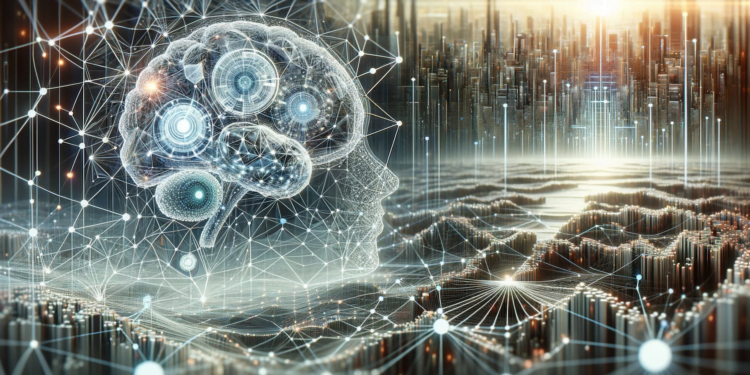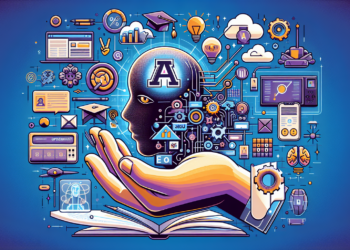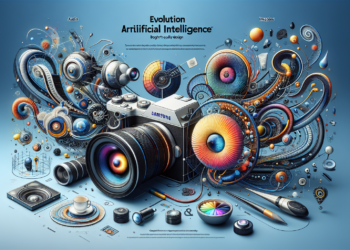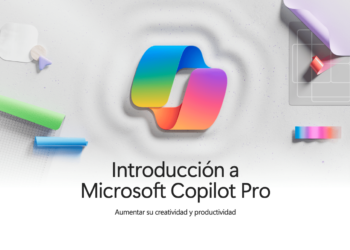Transparency and regulation in the field of artificial intelligence (AI) stand as fundamental pillars for the sustainable development of technologies that are redefining global socioeconomic structures. Despite significant advancements in capabilities and applications, AI grapples with complex challenges related to ethics, privacy, and autonomous decision-making that reveal the pressing need for robust regulatory frameworks.
Ethical Considerations and the Need for Transparency
The adoption of machine learning algorithms and deep neural networks has raised serious ethical questions, especially in contexts where decision-making directly affects individuals. Researchers have developed methodologies like “explainability” and “interpretative machine learning.”
Yet a profound understanding of algorithms such as convolutional neural networks (CNNs) or generative adversarial networks (GANs) remains challenging due to their “black box” nature. Advances like LIME (Local Interpretable Model-agnostic Explanations) and SHAP (SHapley Additive exPlanations) have begun to address these concerns, allowing us to break down the contribution of each feature in the model’s final prediction.
Progress Towards Regulatory Legislation
The regulatory landscape is diverse, with the European Union taking the lead through proposals like the Artificial Intelligence Act, aiming to establish clear rules to ensure safety and fundamental rights in the development and use of AI. Areas such as facial recognition, social scoring systems, and critical applications are under scrutiny that seeks to balance innovation with individual protection.
By comparison, the United States shows a more fragmented approach, favoring corporate autonomy, yet with governmental initiatives like the AI Incident Database, which aims to document failures in AI systems to better understand associated risks.
The concept of “differential privacy,” which seeks to maximize the accuracy of statistical query responses while minimizing the possibility of identifying individual records, is also a response to the growing need for regulation.
Case Study: Application in the Healthcare Sector
A practical example is the use of AI in the healthcare sector for disease diagnosis through medical imaging, where models like UNet and its variants have demonstrated exceptional performance. However, the suitability of the decisions they generate must be rigorously examined. This is where the combination of explainability and regulation becomes crucial for effective and ethical implementation.
Current Technical and Legal Challenges
The alignment between the technical capabilities of models and legal requirements remains a significant gap. Even with progress in AI explainability frameworks, technical challenges, like the trade-off between performance and transparency, still persist. From a legal standpoint, the assignment of legal responsibilities in case of failure or algorithmic biases has not been completely resolved.
Future Directions and Potential Innovations
Steering the algorithmic evolution toward constructibility and transparency from its inception is one of the most promising directions. The development of hybrid AI systems, integrating symbolic modeling with interpretable submodels, offers a path to robust and explainable models.
The emergence of “explainable by design neural networks” suggests a future where each layer of the network, every activation, and weight, can be justified in terms of the final decision. Additionally, explainable AI begins to be seen not only as a way to transparency but also as a tool for improving model quality, identifying optimization paths that previously remained hidden to developers.
In conclusion, as the scope and penetration of AI continue to expand, transparency and regulation emerge as increasingly relevant areas of research and policy action. Advancing technical capability alone is no longer sufficient; now, it is equally urgent to develop AI systems that can be dismantled and understood, by experts and regulatory bodies alike, ensuring that the adoption of these technologies is safe, fair, and beneficial for humanity as a whole. Researchers, regulators, and industry stakeholders face the challenge of constructing the framework upon which the balanced future of artificial intelligence will rest.






















